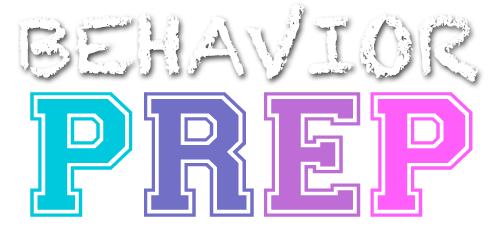I7 Make data-based decisions about the efficacy of supervisory practices
Effective supervision requires ongoing evaluation of supervisory practices to ensure they positively impact the supervisee’s skills and client outcomes. Data-based decision-making involves collecting, analyzing, and interpreting data related to supervision goals and using this information to refine and improve supervision strategies.
Define Supervisory Goals and Outcomes:
- Establish clear, measurable goals for supervision (e.g., improved procedural fidelity, reduced error rates, increased supervisee confidence).
- Identify the specific behaviors or skills to monitor (e.g., implementation of behavior intervention plans, accurate data collection).
Example: AA goal might be for an RBT to achieve 90% accuracy in implementing a task analysis for teaching a self-care skill within one month.
Collect Data on Supervisory Practices and Outcomes:
- Use objective measures to assess the effectiveness of supervision strategies.
- Data sources may include:
- Direct observation and scoring (e.g., fidelity checklists).
- Self-assessments or surveys.
- Client outcome data tied to supervisee performance.
Example: A BCBA uses a procedural fidelity checklist to evaluate an RBT’s implementation of a reinforcement system during client sessions.
Analyze Data Regularly:
- Analyze trends, variability, and other patterns in the data to determine whether supervision practices produce desired outcomes.
- Compare baseline data with progress data to assess improvement.
Example: After collecting fidelity data for three weeks, the BCBA noticed the RBT’s fidelity improved from 60% to 85% but plateaued in week four.
Evaluate the Efficacy of Supervisory Practices:
- Determine if supervisory methods (e.g., modeling, feedback, role-play) are effective in meeting goals.
- If the data show insufficient progress, identify possible barriers (e.g., lack of practice opportunities, unclear expectations).
Example: If data indicate that the RBT struggles to generalize skills to new settings, the BCBA reviews the supervision approach to include training in different environments.
Modify Supervision Strategies as Needed
- cBased on the data, the supervision plan should be adjusted to better address the supervisee’s needs.
- Modifications might include increasing feedback frequency, revising training materials, or providing additional modeling.
Example: To address the plateau in fidelity, the BCBA schedules additional modeling sessions and provides video exemplars for the RBT to review between supervision meetings.
Monitor Changes and Reassess
- After implementing changes, continue to collect and analyze data to determine if adjustments have been effective.
- Repeat the cycle of assessment and modification as needed.
Example: After increasing modeling and feedback, the BCBA observes that the RBT’s fidelity improves to 95%, meeting the goal.
Making data-based decisions about the efficacy of supervisory practices ensures that supervision is targeted, efficient, and effective. By defining measurable goals, collecting and analyzing data, and adjusting supervision strategies based on the data, supervisors can support supervisee development, improve client outcomes, and enhance overall service quality. This iterative process promotes accountability and aligns with evidence-based practices in behavior analysis.
